Diabetes Foot Care. Love your Feet!

Why is Foot Care Important?
If you have diabetes, nerve damage, circulation problems, and infections can lead to serious foot problems. However, you can take precautions to maintain healthy feet.
High blood sugar levels over time can cause nerve damage and circulation problems. These problems can cause or contribute to foot problems. Left unnoticed or untreated, sores, ingrown toenails, and other problems can lead to infection. Poor circulation makes healing an infection difficult so it is best to avoid them if possible.
Infections that do not heal can cause skin and tissue to die and turn black resulting in Gangrene. Treatment can involve surgery to amputate a toe, foot, or part of a leg.
Managing your diabetes and maintaining a healthy lifestyle helps keep your feet healthy. Which includes,
● Regular medical exams, including foot checks at every visit
● Monitoring your blood sugar daily
● Regular exercise
● Eating a balanced diet rich in fruits and vegetables
You can help prevent serious foot problems by following a good foot care regimen.
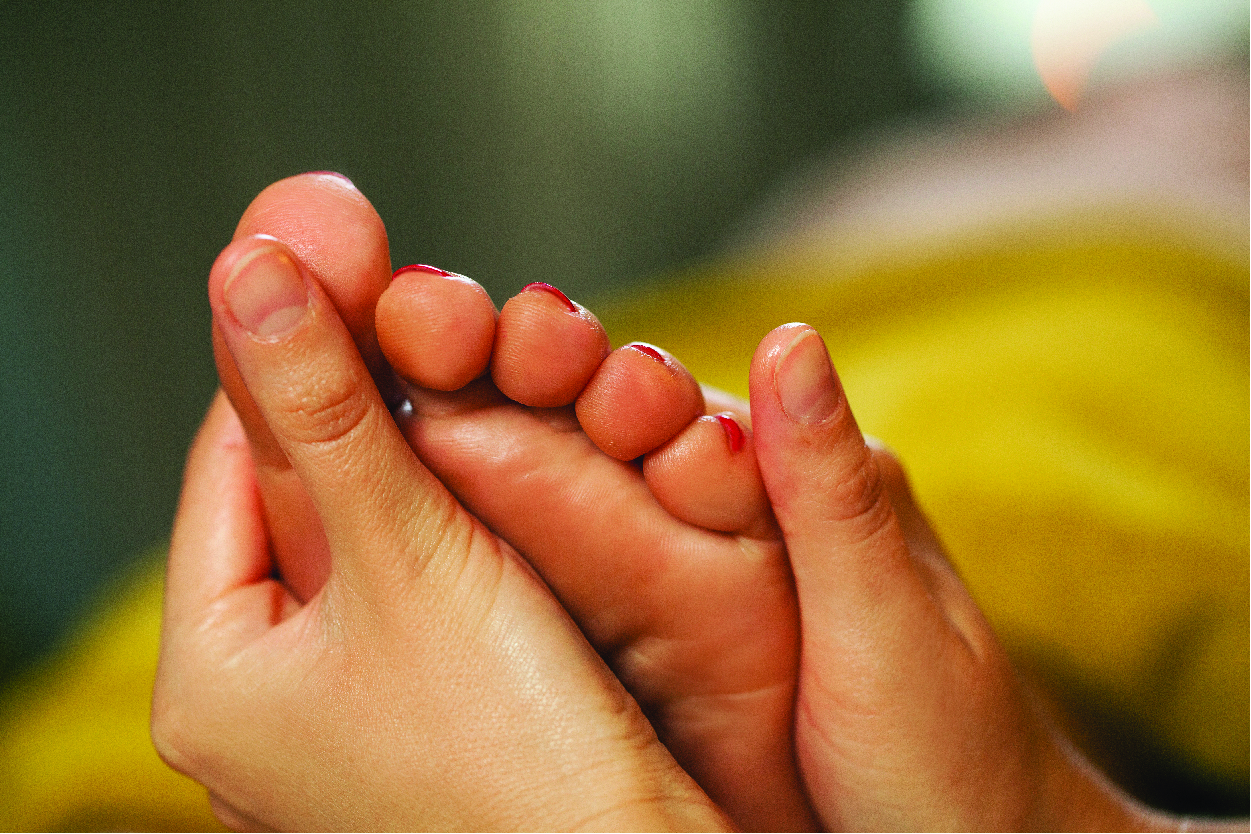
Daily Foot Care
1. Inspect your feet
Check your feet and toes, inspecting the tops, sides, soles, heels and the area in between the toes. If you’re physically unable to inspect your own feet, use a mirror or ask someone to help. Contact your doctor immediately if you discover any sores, redness, cuts, blisters or bruises.
2. Wash your feet
Wash your feet every day in warm water with mild soap. Hot water and harsh soaps can damage your skin. Check the water temperature with your fingers or elbow before putting your feet in. Your diabetes may make it difficult to sense water temperature with your feet.
3. Dry your feet
Pat your feet to dry them and make sure to dry well. Infections tend to develop in moist areas, so make sure you dry the area between your toes well.
4. Moisturize dry skin
If the skin on your feet feels rough or dry, use lotion or oil. DO NOT use lotion between your toes.
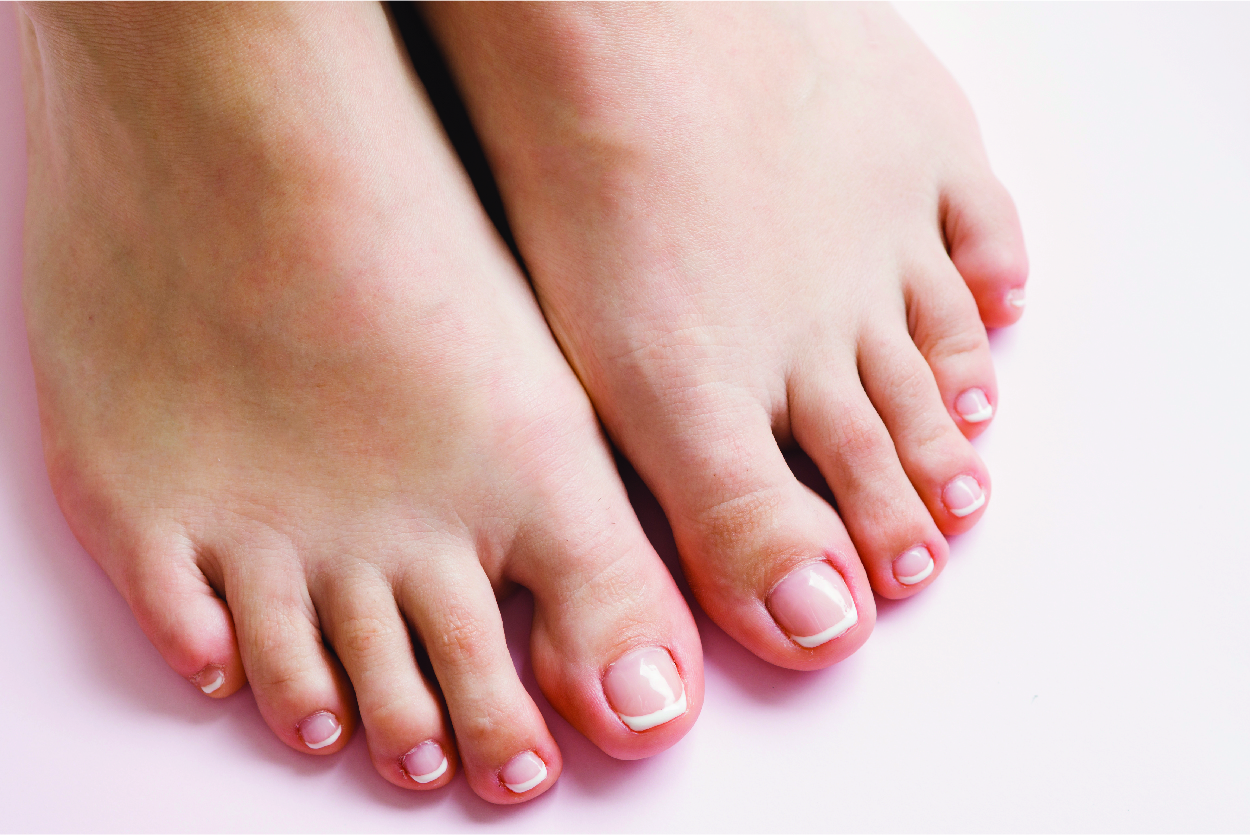
Healthy Foot Habits
1. Antiseptic solutions can burn your skin. Never use them on your feet without your doctor’s approval.
2. Never use a heating pad, hot water bottle, or electric blanket on your feet.
3. Avoid walking barefoot. Most people know to avoid hot pavement or sandy beaches, but even walking barefoot around the house can cause sores or injuries that can get infected.
4. Protect your feet from heat and cold.
5. Never attempt to remove corns, calluses, warts, or other foot lesions yourself. Don’t use chemical wart removers, razor blades, corn plasters, or liquid corn or callus removers. See your doctor or podiatrist.
6. Don’t sit with your legs crossed or stand in one position for long periods of time.
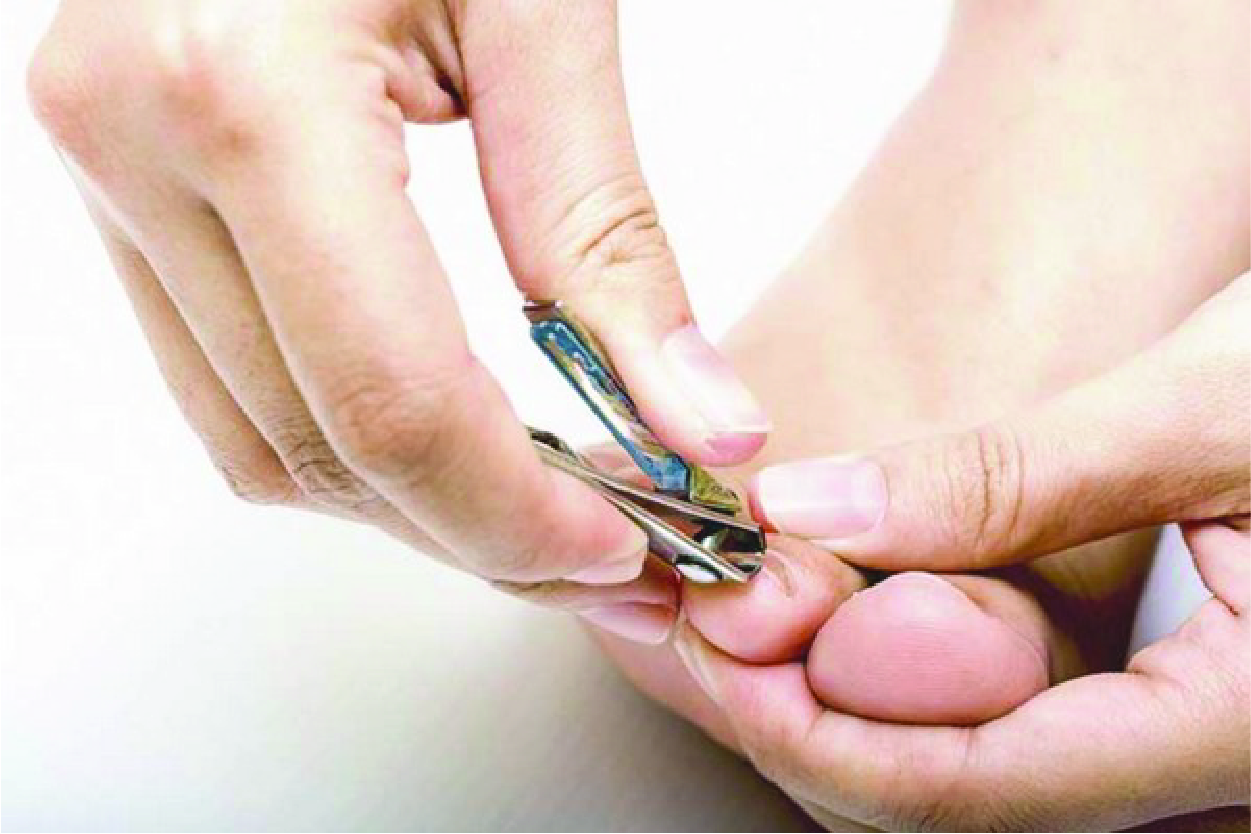
Toenail Care
It’s possible for people with diabetes to perform routine toenail care. But visual difficulty, nerve problems, or circulatory changes in the legs or feet can make this unsafe.
If you’re able to safely trim your toenails yourself, doing so properly will help you avoid getting an ulcer or foot sore. Make sure to consult with your physician to see if it’s safe for you to perform routine toenail care. Ask them to show you the correct way.
Here are a few tips for proper toenail care:
1. Trim your toenails after washing your feet, when your nails are soft.
2. Cut straight across rather than in a curved fashion to help prevent ingrown toenails.
3. Don’t cut into the corners. Use an emery board to smooth the edges.
4. Be careful not to cut toenails too short.
5. Have your toenails trimmed by a foot doctor or another healthcare provider if you can’t see well, or if your nails are thick or yellowed.
Footwear: Shoes, Socks and Insoles
If you have neuropathy, or nerve damage that has affected foot sensitivity, you may overlook cuts or bumps. You can help protect your feet by wearing shoes at all times.
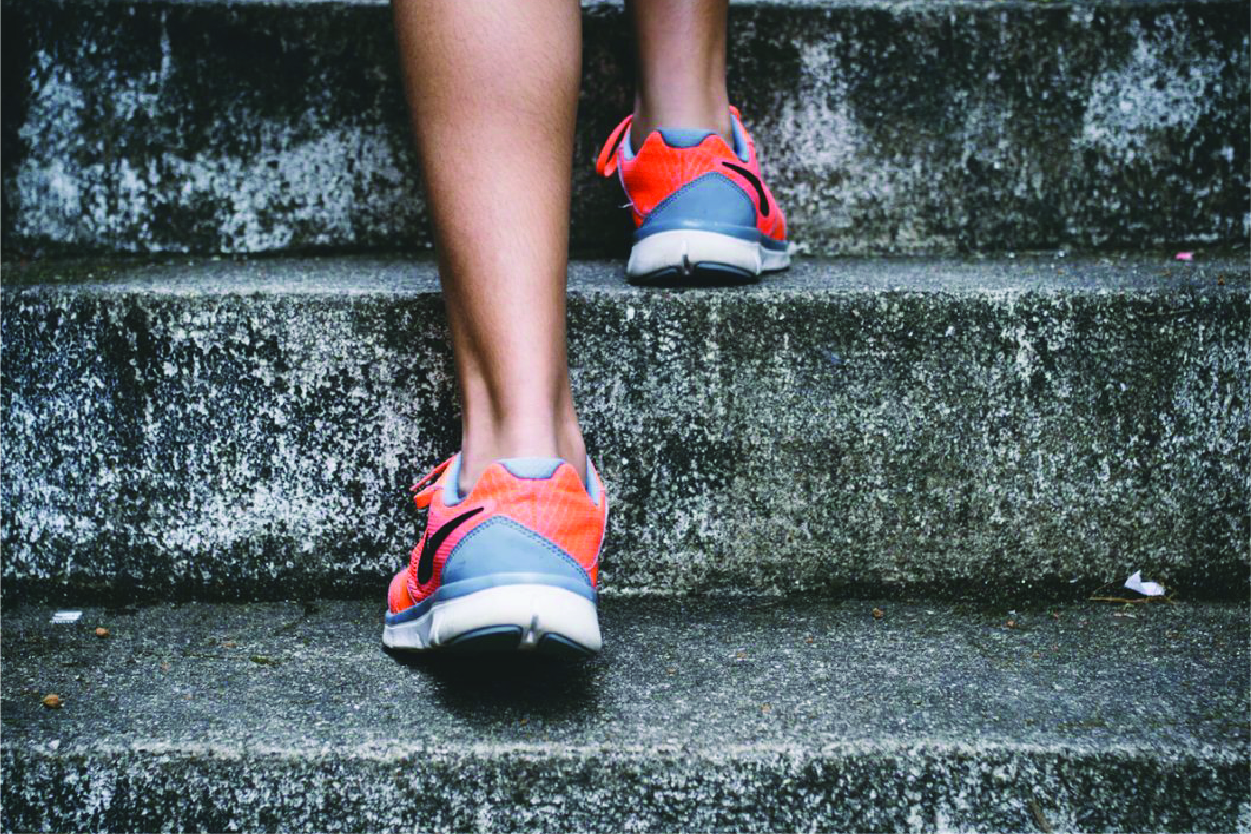
Diabetic Insoles
◆ Diabetic insoles can help evenly distribute foot pressure to reduce the possibility of developing painful and potentially dangerous foot ulcers. Protect your feet now and get your Diabetic Insoles here.
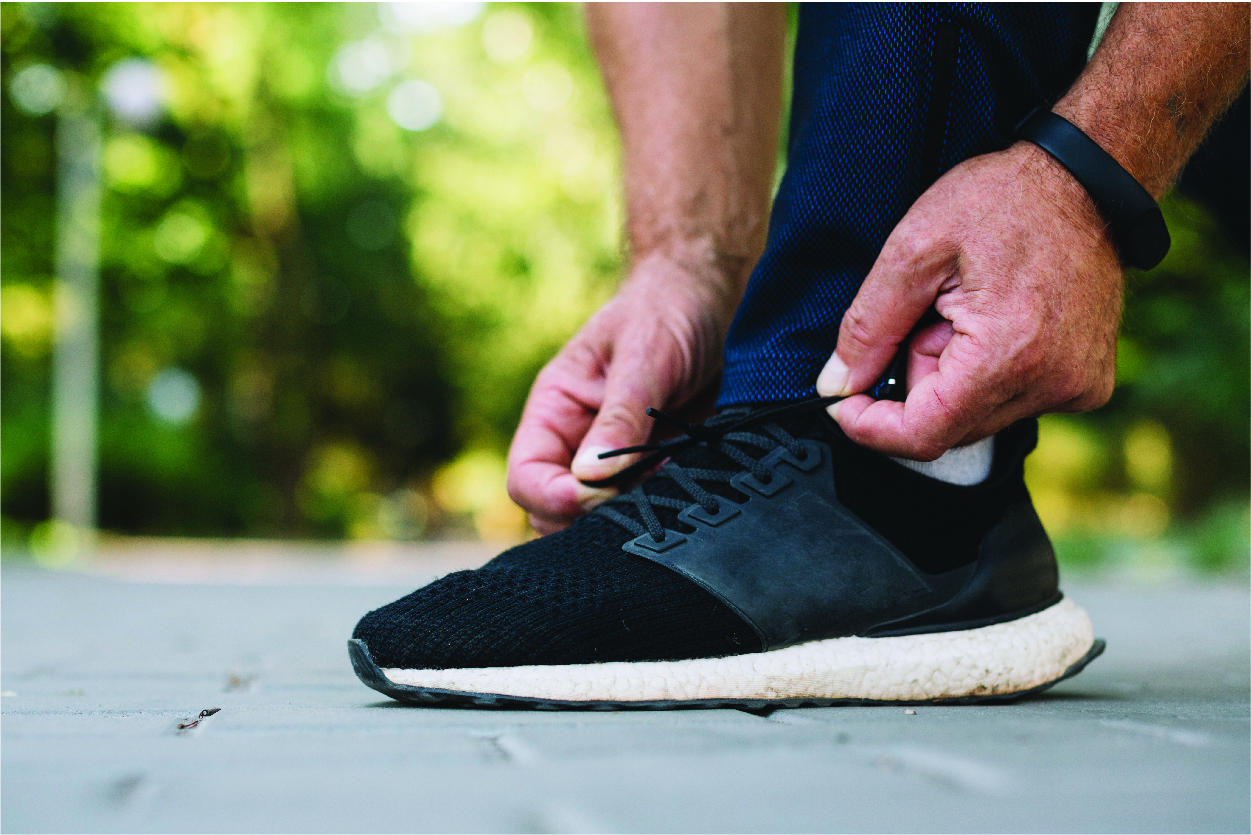
Shoes
■ Choose comfortable, well-fitting shoes with plenty of room, especially in the toe box. Never buy tight shoes hoping they will stretch.
■ Do not wear shoes made out of plastic or other materials that do not breathe. Choose leather, canvas or suede.
■ Avoid thong sandals, flip-flops, pointed-toe and open-toe shoes, and very high heels.
■ Wear shoes that can be adjusted with laces, buckles, or Velcro
■ Inspect the inside of your shoes every day for tears or bumps that may cause pressure or irritation.
■ If you have nerve damage, give your feet a break or change shoes after five hours to change the pressure points on different areas of your feet
■ If you experience repeated problems with your feet, ask your doctor if special shoes would help.
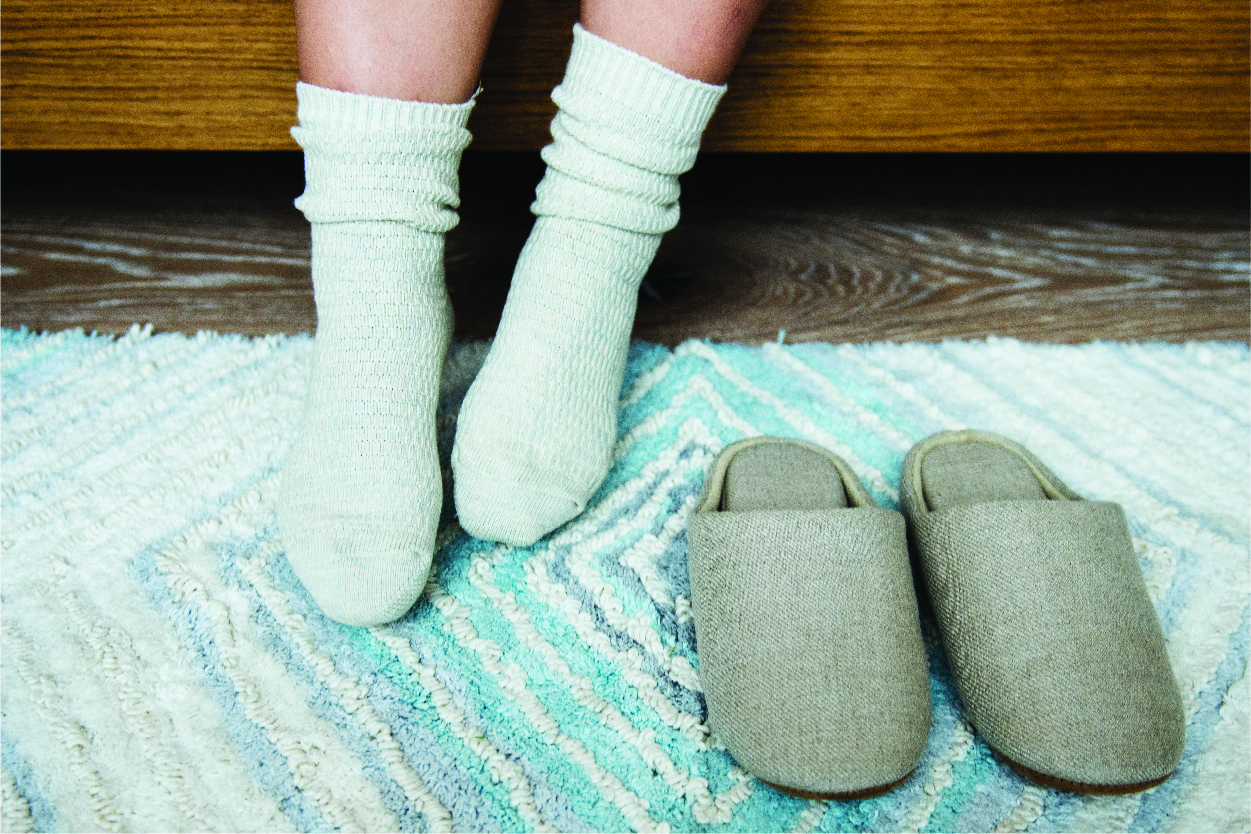
Socks
● Socks can provide an extra layer of soft protection between your foot and your shoes.
● Wear clean, dry socks, or non-binding pantyhose. Avoid socks or hosiery with seams that can cause additional pressure points or are too tight on the leg.
● Wear socks to bed if your feet are cold.

